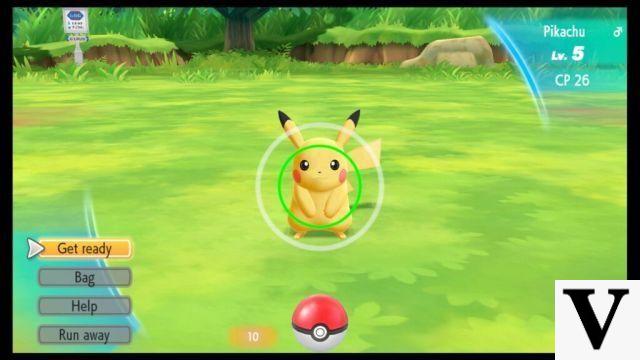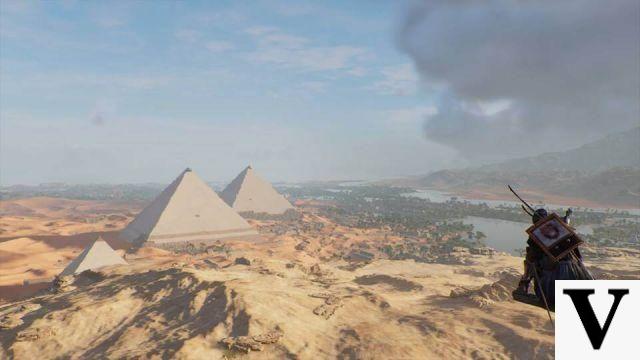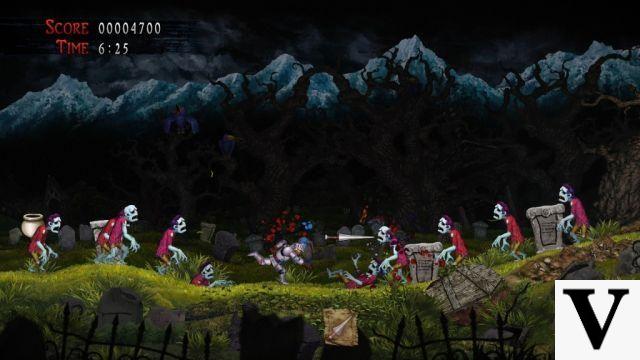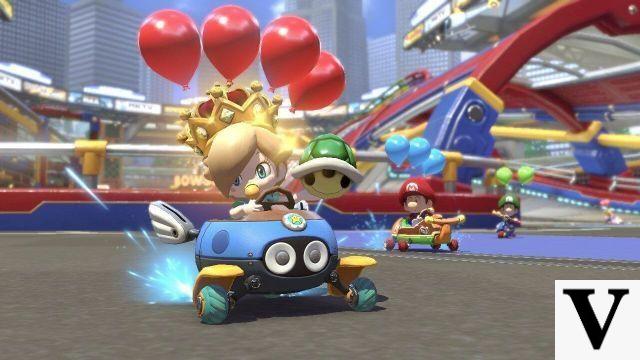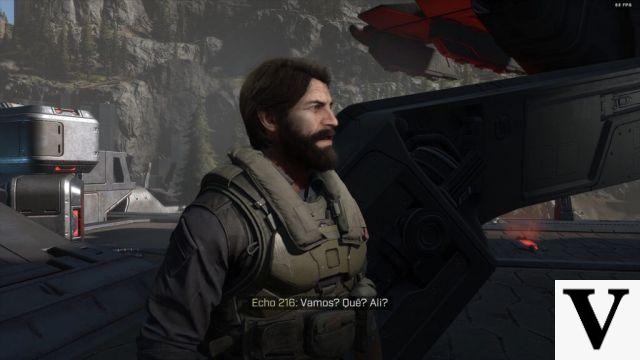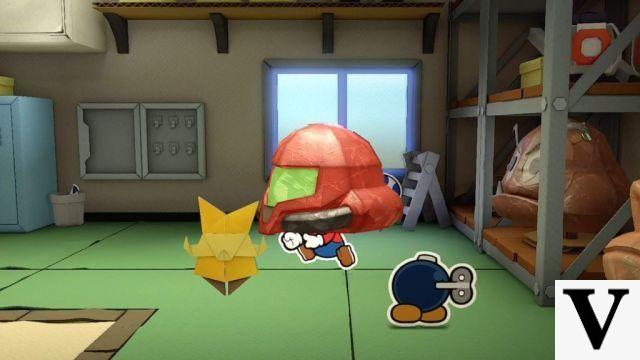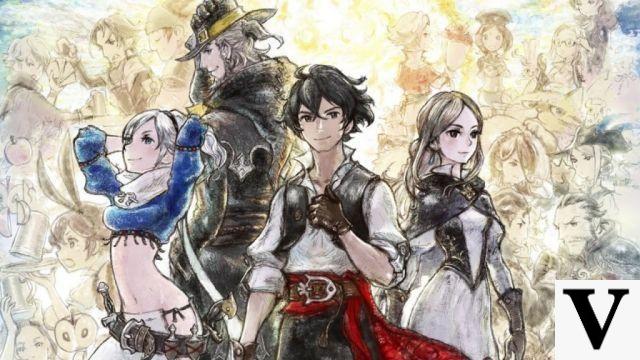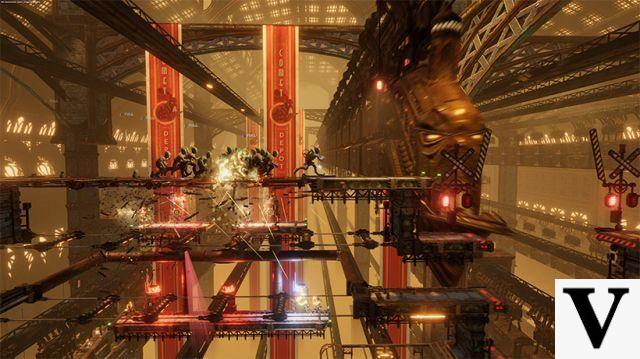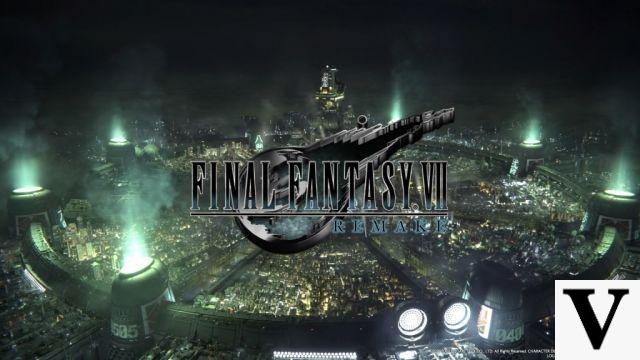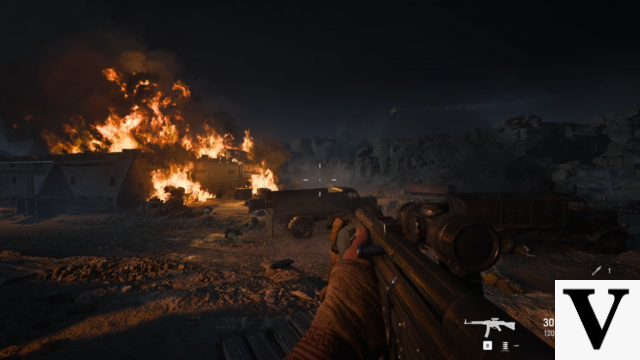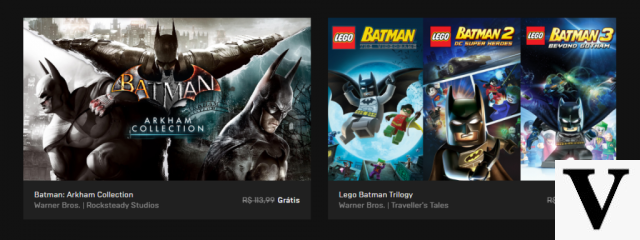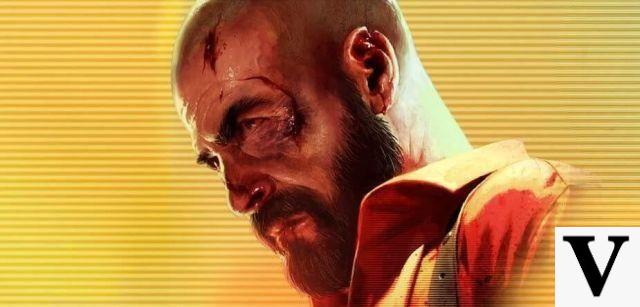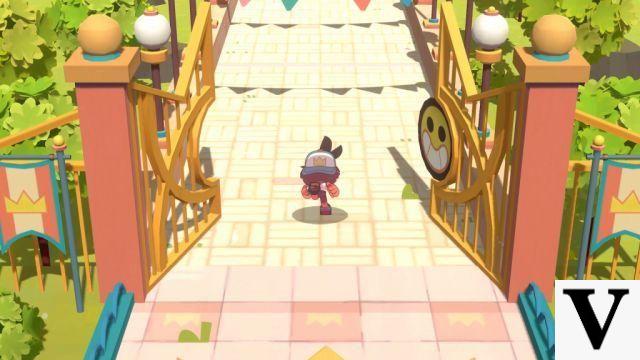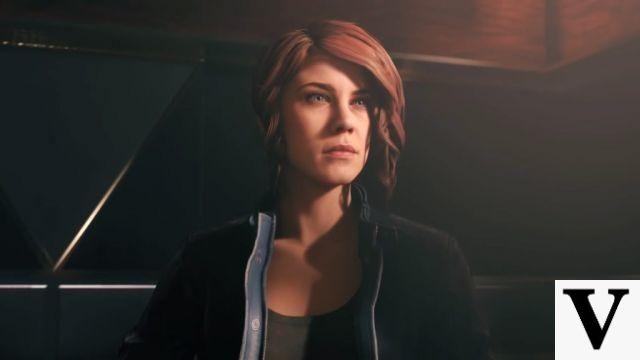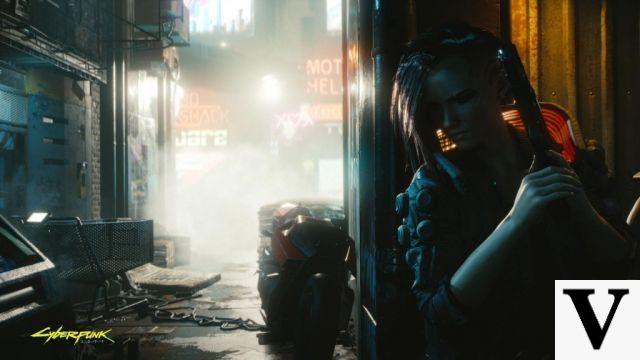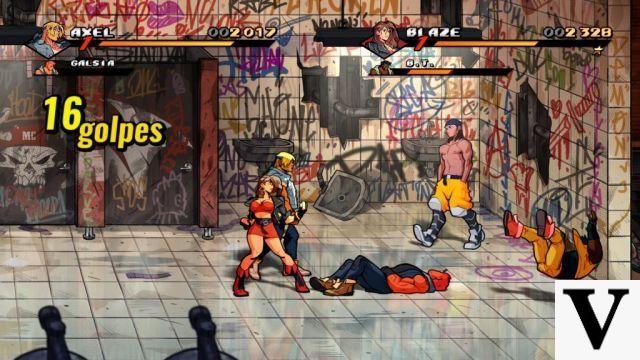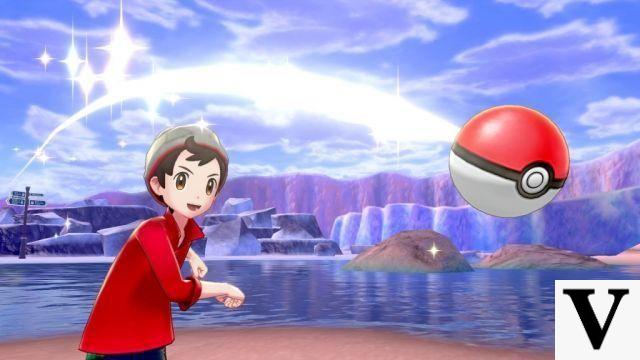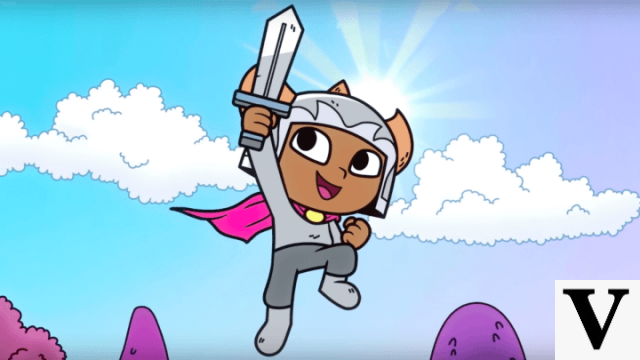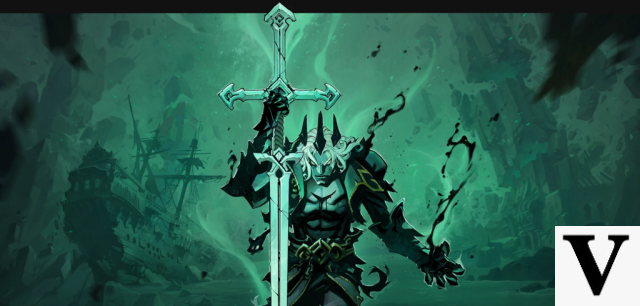Table of Contents
- Who doesn't have a dog hunts with a wolf
- Agility and precision
- Sekiro and the renewed Soulsborne formula
- The threats in Ashina and its surroundings
Exactly ten years ago, the action RPG Demon's Souls came to PS3 from FromSoftware, introducing the world to the potential of a formula that would become a critical success with the Soulsborne series (trilogia Dark Souls e Bloodborne). In 2019, the Japanese developer's endeavor towards the hall of the most loved and hated games is Sekiro: Shadows Die Twice, a game that focuses much more on action than its studio “brothers”.
Who doesn't have a dog hunts with a wolf
The first few minutes of the game already reveal something new compared to the games in the Soulsborne franchise: the protagonist Sekiro, also called a wolf, has his own personality, aesthetics and motivation. The impossibility of editing the character in his own way may seem like a low point, but I see the decision as a maturing of the studio, which decided to tell a more personal story.
We're introduced to the playable universe during the prologue — which discards historical facts from the Sengoku era to make way for an original and slightly less cryptic mythology than the medieval fantasy of Dark Souls. Smoother and less frequent fights allow us to “get our feet wet” in the demanding style of combat, now from a much more offensive perspective than the most recent ones. Bloodborne e Dark Souls III.
The wolf's journey is solitary and rigid, governed at times by choices that lead to multiple endings. There is the option to summon specific non-player characters (NPCs) so that the fights are not so punishing — even if these opportunities for help are not so common over the dozens of hours exploring every secret corner of this hostile and thought-provoking world.
Agility and precision
Sekiro: Shadows Die Twice does not feature classes, weapons or equipment that allow different builds. The action game is aimed at full and total mastery of the kusabimaru (main sword) and the possibilities for moves and combos unlocked through skill trees and narrative progress.
From Demon's Souls, the Soulsborne series has taken advantage of the stamina gauge, used to control the amount of times each type of action can be performed — whether dodging, slashing, or walking with a shield. Parrying in Sekiro doesn't work like an instant stun: you have to break the enemy's posture by deflecting and executing consecutive blows so that you can eliminate him with a killing blow.
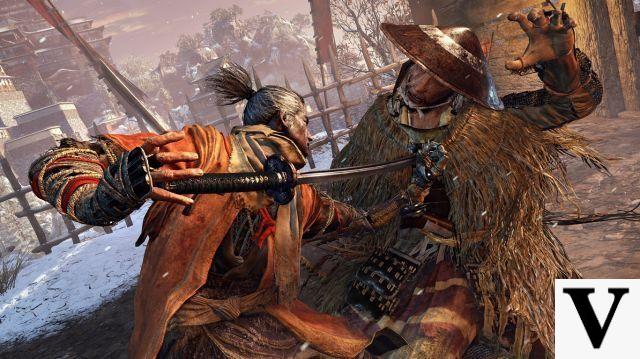
Strikes do not necessarily need to be executed in full (from anticipation movement to stance recovery) as seen previously in FromSoftware's action RPGs, as it is possible to "cancel" a move to perform a defense or projectile deflection, for example. example. On top of that, there's also a dedicated jump button, which adds an even more interesting layer of depth to positioning during fights.
The prosthetic arm has multiple functions, and each of these abilities nicely replaces the series' recurring item farming needs. Skills range from a grappling hook — which can be used nonstop for vertical movement — to a more powerful skill set, such as a spear, axe, or even a defensive umbrella.
Sekiro and the renewed Soulsborne formula
Despite its intentional similarity in difficulty, also coming from the studio's other games, the "footprint" of Sekiro: Shadows Die Twice is different. The absence of online connectivity, as well as a PvP mode and a message/gesture communication system, indicates that the studio was aiming for a minimally designed experience for just one player.
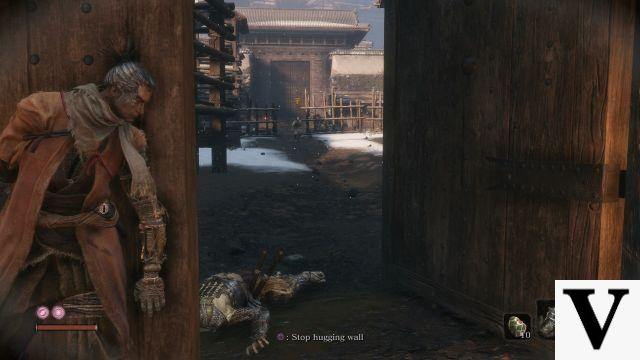
This is also noticeable in the level design, when examining areas that are less spaced and more self-contained than other games in the series. The aesthetics and structure distinguishable with each new environment encountered are memorable both in the creativity of scenarios and in the way that progression can take place – which, in some cases, allows multiple paths.
If you've cried and cheered playing other games of this type, I don't need to state the obvious: you're going to die — and you're going to die a lot, especially on your first journey. Any carelessness with the weakest of opponents can be fatal.
The threats in Ashina and its surroundings
One of From Software's signatures is the design of enemies, one more horrifying and cunning than the other. Compared to the studio's other games, I noticed that, in general, there are more humanoid enemies than presented in the other games. Feudal Japanese fantasy seems to be less about monsters and extraterrestrial creatures and more about infected beings from that location.
Bosses are merciless — as in any other FromSoftware game — with most of them being optional and found in secret areas to reward exploration. The great highlight in Sekiro: Shadows Die Twice it is precisely the use of the hook to approach enemies or to move away from them and try to attack from a position of advantage. The killing blows during battles against powerful enemies are practically indispensable, as draining all your health bar takes a lot of fighting time, putting the player even more at risk.
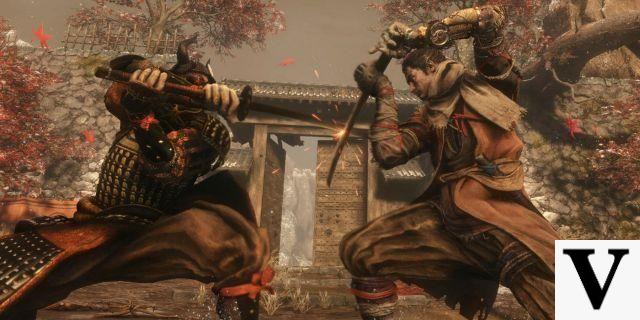
I confess that, during most of my experience with the game, it was the sub-bosses that hindered my progress the most — precisely because they carried two health bars. Rampant frenzied ogres, venomous great swordsmen and spear generals are among the most powerful in the region, often accompanied by empire minions to make matters worse.
The strategy for the most demanding part of the game, combat, is to memorize the initial positioning of opponents and thoroughly learn their moves to predict them at the right moment. Even though it is simple in theory, this was personally the most difficult game in the series precisely because of the new alternatives and approaches to exploration and combat. The more than 60 hours devoted to the game are still fresh in my memory — and will continue to do so until my next undisclosed work by the genius Hidetaka Miyazaki.
Digital copy of the PS4 version of the game kindly provided by Activision Spain.



